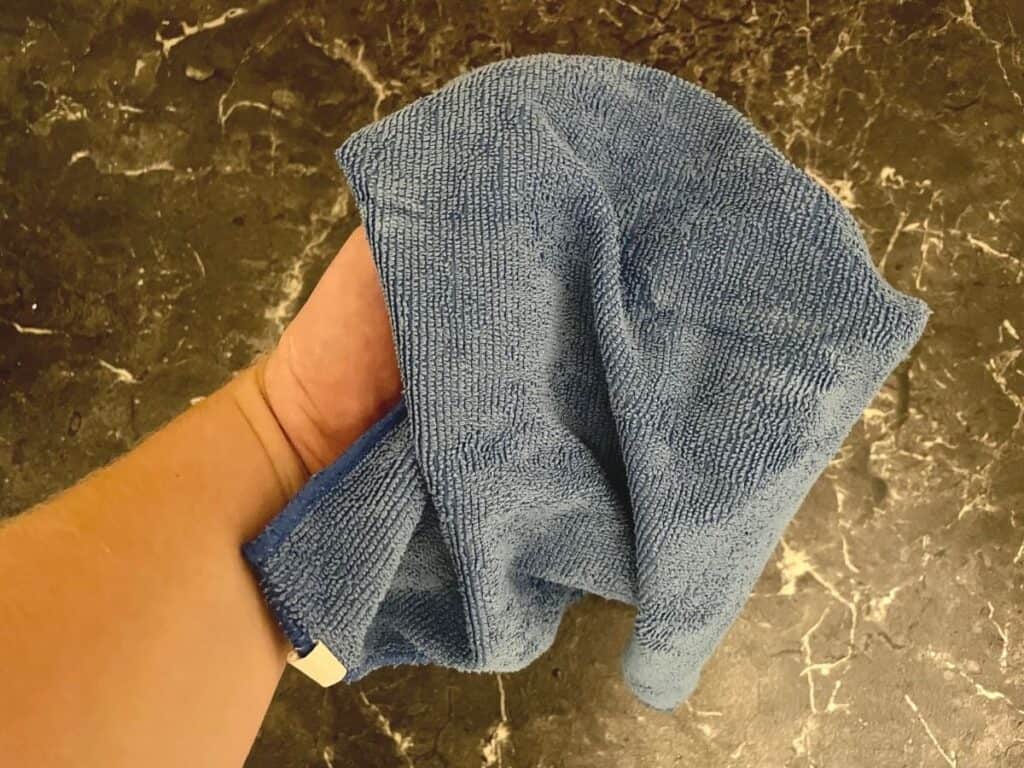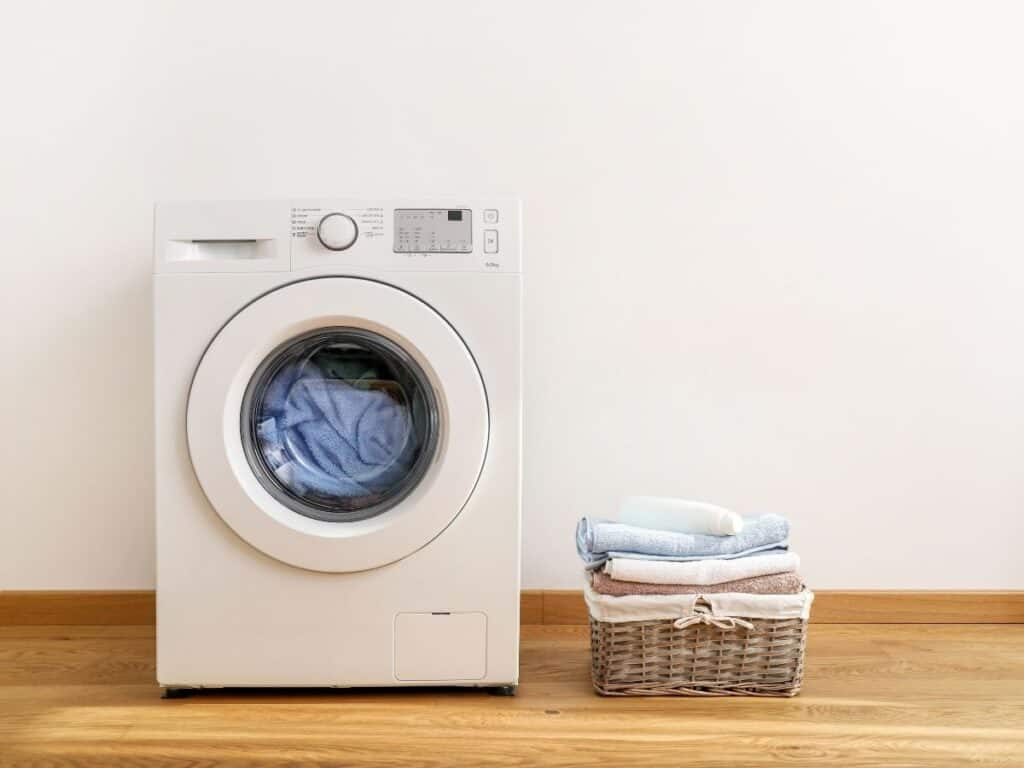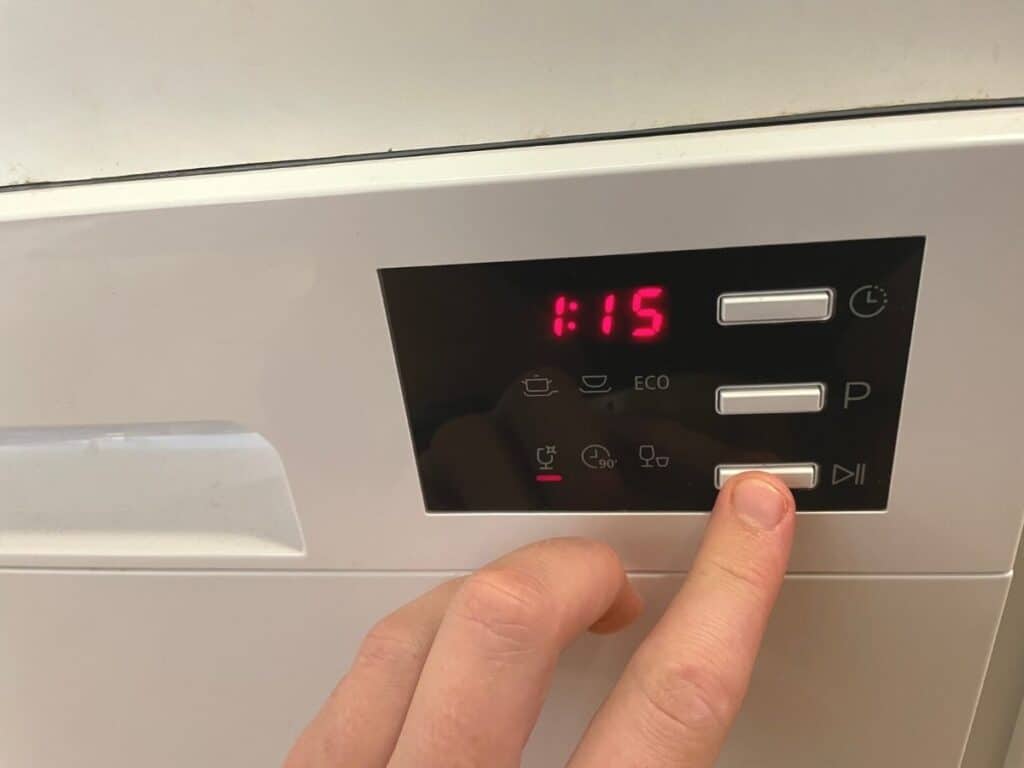Microfiber cloths are excellent cleaning tools around our homes. Whether you are wiping the kitchen sinks, countertops, floors, or car windows, microfiber cloths are simply your workhorse. Thanks to their microfibers, they easily absorb dust and grime.
But, sadly, if not well taken care of, they easily wear out and lose their cleaning power.
Read on to learn how to wash and care for microfiber to maintain its effectiveness and durability.
There are four ways you can use to wash microfiber cloth. That is by use of a washing machine, hand washing, microwave, or dishwasher. Regularly cleaning microfiber with any of the four methods improves its cleaning power and extends its usable life.
The Procedure for Cleaning Microfiber

The most commonly used method of cleaning microfiber is hand washing or washing machine. But before opting for any of the above methods, follow the following step for effective cleaning.
Sorting Microfiber Clothes
When it comes to microfiber cleaning, it is recommended to wash them separately. Naturally, microfiber cloth attracts dirt and grime from other clothes. And that is why sorting is a crucial step during its washing so as to keep it in a different category.
Pretreating the Stains
Microfibers used in the kitchen or in carwashes collect lots of stains. Stains range from kitchen greases and oils, or auto engine oils and greases. Once you identify the stains, pretreat them with commercial stain removers or homemade ones.
Most popular stain removers effective against stains on microfibers include Persil ProClean Laundry Stain Remover and Shout Triple-Action Laundry Stain Remover. These are readily available in most home improvement stores. Optionally, you can order from online vendors from places like Amazon.
But, using commercial stain removers should only be done as a last resort. Commercial stain remover makes microfibers wear out faster and, therefore, is not recommended. That leaves you with the option of making your own stain remover.
If you opt for homemade solutions, there are several varieties of microfiber cleaners. One of the most popular ones is the use of baking soda. To use a baking soda stain remover, mix one tablespoon with ¼ cup of water to make a solution. Next, rub the solution on the stain and let it sit for one hour before washing.
Hand Washing the Microfiber
Once soaked, it is now time to wash the microfiber. You can wash by hand or use other alternative methods. Hand washing is one of the most preferred methods of washing as you can scrub with your hands to dislodge the stain from within the microfiber. Plus, it is a convenient and straightforward way of washing.
To hand-wash, put about a gallon of warm water in a basin, and add a cup of your usual detergent. Using enzyme-based detergent would be helpful for grease-stained microfibers used in the kitchen. Next, put the pre-soaked cloth into the basin and wash it by scrubbing it against itself with your hands.
Do this repeatedly, taking close attention to the stained part to ensure it is completely cleared. Having pretreated the stain, this shouldn’t take long to clear. Usually, under five minutes of scrubbing should make them clean.
If you are satisfied with the results, rinse it under warm water, making sure all the suds residues are removed. Failure to completely remove the detergent residues will make the cloth dingy when dried. Also, note microfibers soak in a lot of water. So, be sure to wring out the excess water to make drying easier.
Machine Washing Microfiber

While hand washing may be handy for a few small cloth pieces, it may not be practical for large items such as bathrobes and bath towels. For that reason, you will need washing machines.
To use this method, measure your usual laundry detergent into the washing machine, and wash microfiber under a cold or warm setting. A cold or warm setting is preferred to a hot setting to avoid wearing out faster.
Also, avoid using powder detergents since it doesn’t always dissolve well and get stuck in the cloth microfibers, making it hard to rinse well. Additionally, you want to launder the microfiber separately from other dirty clothes.
This is to avoid the lint problem and plucking out the microfiber bristles from the cloth. But to avoid this, you can turn it inside out to protect the microfiber bristles from abrasion.
Rinsing and Drying
When it comes to microfiber cloth, whether you use the machine or hand wash it, air-drying is the most recommended drying method. The method is more effective since the sun’s rays kill all the mildew, causing spores that are caused by improper drying.
So, only if air drying is not possible. For example, during the winter season, you can tumble dry. This is because tumble drying may end up setting any residue stain. Moreover, it damages the microfiber bristles making them easily pluck out from the cloth.
And finally, being made of polyester and nylon, tumble drying will only melt the fibers making them lose their absorbency. But if you must tumble dry, ensure to use heatless tumble drying.
Other Microfiber Cleaning Methods
While they may sound unorthodox, people also swear by some other methods of cleaning microfiber cloths. Take a look at the following two methods.
Cleaning Microfiber With Microwave

This method may sound strange, but amazingly, it works, although mostly for the light soiled, non-stained microfiber cloths. However, as a rule for most other stains, avoid microwave heating to prevent stain setting. Additionally, be sure to read the manufacturer’s washing instructions to ensure safe heating.
To start off, soak the cloth in fresh water for 10 minutes to allow the water to permeate deep into the fiber. Then run the microwave for one minute on a low to medium heat setting before air drying.
Using the Dishwasher

This is another uncommon but functional method of cleaning microfiber cloth. Not only will it remove the contaminants, but it refreshes the cloth amazingly well. To start off, spread it and fasten it on the top rack of the dishwashing machine before running a warm water cycle.
Remember, no detergent is required in this process since it will clog the microfiber bristles. If satisfied with the results, you can hang out the doors to dry.
Storing the Washed Microfiber
Before storing, be sure the microfiber is thoroughly dried to avoid mildew growth. Once they develop mildew, the microfiber becomes stained and also loses its absorbency and abrasiveness, which gives it cleaning power.
Additionally, microfibers attract dirt due to the static charge in the microfiber bristles. To avoid all these problems, fold and only store dry fiber clothes on clean shelves.
How to Clean Other Microfiber Surfaces
Microfibers are sometimes used in making surfaces of other items. For instance, they make fantastic furniture upholstery materials due to their water repellency and also can withstand wear and tear. Here are a few microfiber surfaces and how to clean them.
Cleaning Microfiber Upholstery
To clean microfiber upholstery, mix a few drops of dish soap in one liter of water to make a cleaning solution. Using a hand pump, gently sprit over the surface you intend to clean, avoiding over-saturation.
Next, using a clean piece of cloth, wipe out the area in circular strokes to remove the dirt from the surface. If satisfied with the appearance, mop the surface with a dry cloth in more circular strokes to restore the disturbed surface.
Cleaning Glass Microfiber Cloths
Microfibers are opticians recommended material when it comes to storing glasses. And this is because they are great for wiping off any oily finger imprints on the glasses. This makes them maintain the smoothness and effectiveness of the glasses lens.
Just like other microfiber materials, you want to wash it separately while avoiding cloth softeners and strong detergents. If you must use a cleaning detergent, that would be a few drops of dishwashing detergent in water. Using this solution, you can wash, rinse and air-dry thoroughly.
Tips for Best Results in Washing Microfiber Cloths
Microfiber cloths are delicate clothes that need to be delicately handled. However, if you follow the following simple rules, you can use them over a longer duration.
Shake Before Washing
Shaking microfiber clothes before dipping into the washing solution makes your washing easier by blowing off any lightly clinging dust on the cloth fiber. That means less dirt to clean, less detergent to use, and an overall easier washing process.
Use the Right Detergent
Unlike other fabrics, when it comes to microfiber, the less detergent used, the better. In fact, according to some laundry experts, using plain water is the ideal cleaning method. The reason is using detergents laden with additives and softeners may block the microfiber bristles and make them lose their absorbency and abrasiveness.
Hand Washing Is the Most Effective Cleaning Method
Compared to other washing methods, hand washing is the most recommended way of washing microfiber. Not only will you avoid using lots of detergents, but it is also less tedious as all you have to do is rub the fabric against itself slightly. Alternatively, you can just swish it around, and that is it.
Drying Outdoor Is the Best Method
Tumble drying, especially on high heat, will only create problems for your microfiber. Not only can it make any residue stain permanent, but it can also melt the fibers making them dingy and reducing their cleaning effectiveness.
The method is only recommended if you have no other option. And even then, set the dryer to low to medium heat setting. In contrast, line drying ensures the cloth is thoroughly dried and aired to remove any moisture that may encourage the growth of odor bacteria. And the best part, microfiber dries fast. So within 30 minutes, you should have your dry cloth ready for use.
Wash and Dry Separately
Microfibers have polarity, which makes them pick debris from other items. That means if you were to wash or dry them with other clothes, you should expect them to pick up lint, dirt, air, and dust. Especially you want to avoid combining your microfiber with cotton and wool, which are the main lint-producing culprits.
Wash Regularly
Using only once and then washing ensures the microfiber is in better use condition. Failure to clean after using it makes the grime get trapped within the microfiber bristles. Stuck dirt can contaminate subsequent surfaces you clean. To avoid this problem, remove dirt after every use.
Pretreating Makes Washing Easier
If they are heavily soiled or have visible stains, pretreating will soften and ease the washing. To pretreat, you can use soft solutions such as dishwashing detergents or mild laundry detergents to loosen and lift the stain.
Avoid Bleach, Fabric Softener, or Vinegar
Using any of these cleaning agents can destroy the microfiber. When used frequently in washing, they wear out the microfiber bristles and render the microfiber unusable. As for fabric softeners, they contain waxy additives that tenderize the bristles and make them soft.
I also wrote a guide on how to wash mousepads that may interest you to check out.
Frequently Asked Questions
Why Is Microfiber Good for Cleaning?
Due to the bristles, microfiber has a higher surface area, increasing the area available for holding on to dirt, dust, and grime. Furthermore, they are soft, which makes them suitable for cleaning delicate surfaces, and they also have high absorbency. The absorbency feature is great when it comes to soaking grime and dust during cleaning.
How Often Should I Wash Microfiber?
Wash microfiber after every single use to avoid creating a breeding ground for the odor bacteria and other microbes. Also, they become rough and abrasive. This can make them scratch the fine finish of the surfaces you wipe with.
When Can I Replace Microfiber Clothes?
Most microfiber cloths have a reuse life of up to 500 washes or an average of 2 years of useful life. Of course, this also depends on what it is used for. For microfibers used in car washes or cleaning floors, their usage life is expected to be much shorter. But the rule of thumb is if it fails in absorbing moisture or attracting dirt, most probably it is time to replace it.
Next, you can check out my guide on how to make your towels soft and fluffy again.

I’m an expert wardrobe organizer and a bit of a clean freak. I created this website and its YouTube channel to share practical guides about laundry and organizing. My teachings have been featured in multiple large news publications, and I’ve self-published two wardrobe organizing books and an entire course on the subject.

